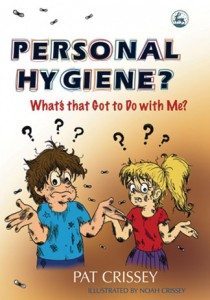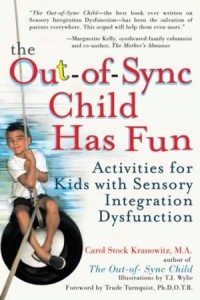Personal Hygiene? What’s that Got to Do with Me?
Author: Pat Crissey Publishing Info: December 2004 Reviewed by Maureen Bennie: Director, Autism Awareness Centre Inc. Teaching personal hygiene to young people with autism spectrum disorders and other developmental disabilities can be a difficult task because they do not always see the need to develop good hygiene habits. Special education teacher Pat Crissey has created a curriculum to teach personal hygiene…







